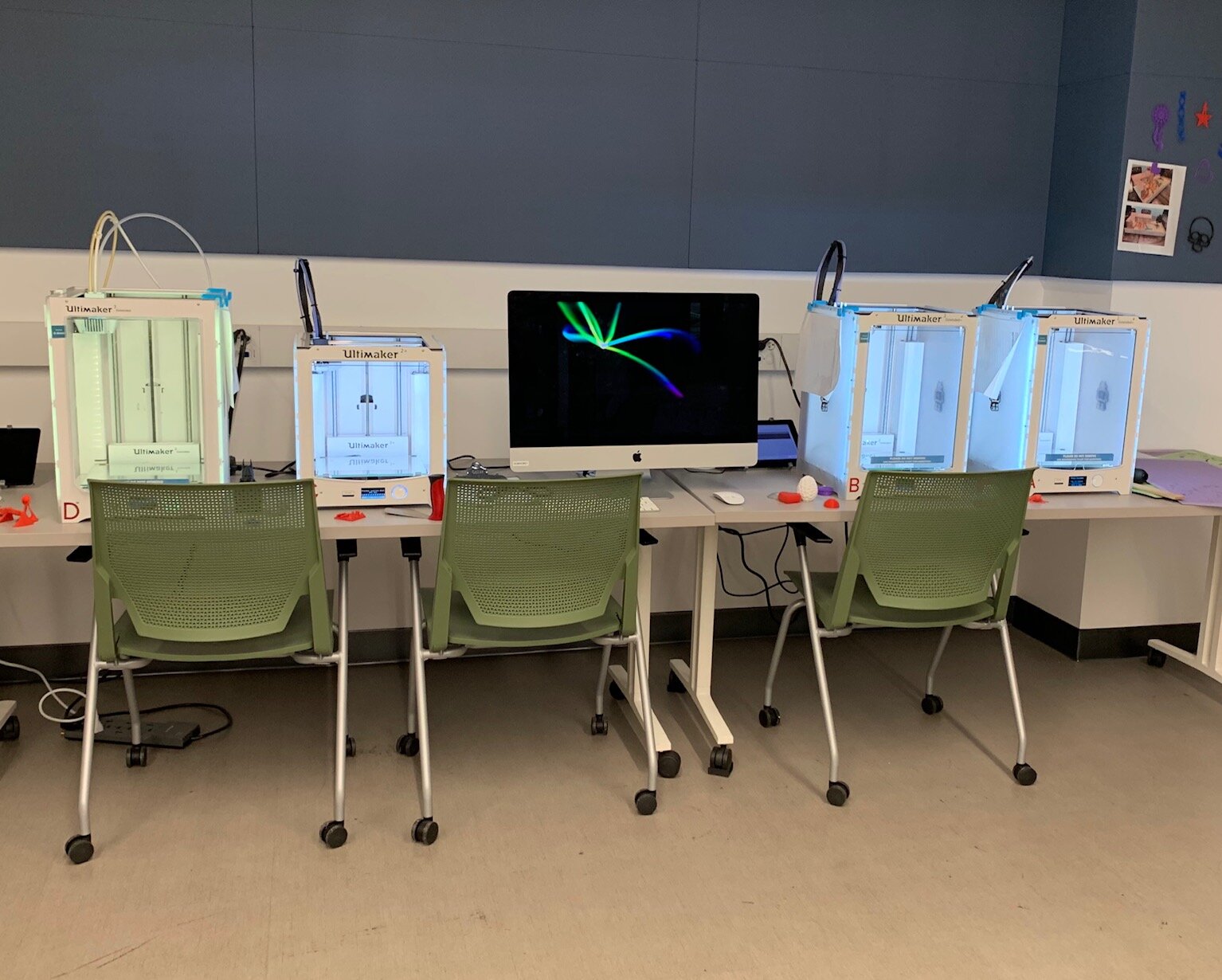Library Technology in the Time of COVID-19
Video courtesy of the Los Angeles Public Library.
Los Angeles County has been living under the shadow of COVID-19 for the better part of the past two months. Through this incredibly trying time across the world, Glendale Library, Arts & Culture has found new ways to help.
Twenty-first-century technology has been utilized in aiding the medical community in the fight against the global pandemic with tools such as 3D printers and iPads. With the pandemic preventing patrons from visiting the library, both the Office of Los Angeles Mayor Eric Garcetti and the public at large began sending requests to Los Angeles Public Library (LAPL) staff to use its resources to help out the under-supplied hospitals and medical centers.
Librarians, never ones to wait on the sidelines during a disaster, stepped into action by using 3D printers to manufacture Personal Protective Equipment (PPE), specifically the headbands that hold the plastic face shields in place. LAPL library staff were of course not alone in this. They pulled their resources together and were able to get twelve 3D printers, six of which were loaned from Glendale Library, Arts & Culture to help in the effort. The LAPL Octavia Lab team -- with the assistance of Glendale’s 3D printers -- has been running 24-hour print jobs and delivering face shields to Los Angeles area county hospitals.
Similarly, the isolated patients at USC Verdugo Hills Hospital have benefitted from the use of technology. COVID-19 positive patients at USC Verdugo Hills without smartphone access have been loaned iPads to be able to communicate with family and medical staff.
More than sixty iPads, twenty-five of them being library-owned iPads, were loaned by Glendale city officials and a private donor. These devices have given those quarantined patients a chance to FaceTime with their families and loved ones, as well as the ability to access online library eMaterials and resources. Medical staff are also benefiting from their isolated patients having access to iPads. Doctors are administering tele-medicine to their patients, and nurses are talking their patients through easy tasks--only suiting up when absolutely necessary, saving them the valuable PPE that is in short supply. As we have learned, keeping a safe distance can make all the difference in stopping the spread of COVID-19.
These tech resources, commonly supplied by public libraries, have been of great assistance in closing the gaps between the medical community, the affected patients, and the short supply of materials. A global pandemic would be so much more troubling if we lacked ways to communicate with one another. Through our tech devices, communities across the globe have been able to inspire each other with acts of resourcefulness, kindness, and scrappy DIY ingenuity.



